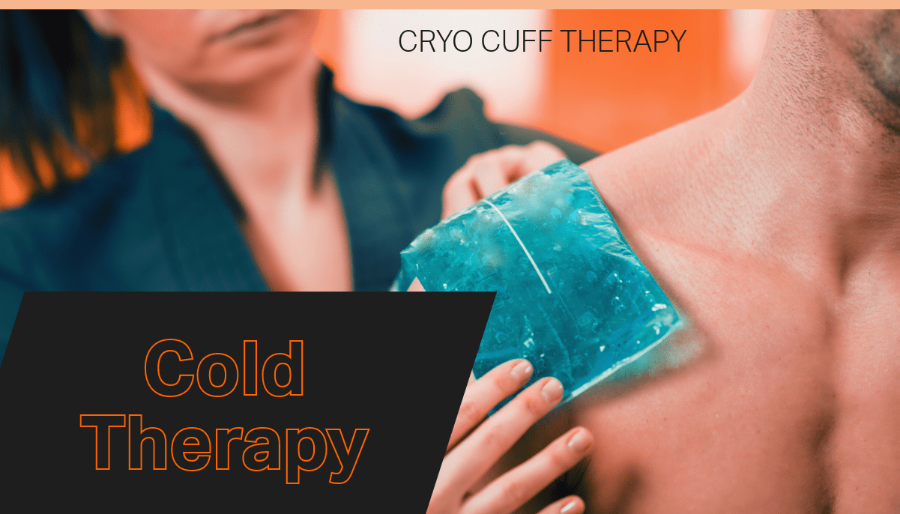Recovering from total hip replacement (THR) surgery can be a challenging process, and managing post-operative pain and swelling is a crucial part of it. Cold therapy, also known as cryotherapy, is a traditional method for pain relief and reducing swelling. In recent years, cold therapy machines have become increasingly popular for providing consistent and controlled cooling to the affected area. This article explores the benefits, considerations, and options for using cold therapy machines for hip recovery.
Understanding Cold Therapy Machines
Cold therapy machines are designed to provide targeted treatment to specific body parts. They typically consist of a cooler filled with ice and water connected to a pad or wrap applied to the affected area. These machines circulate cold water through the pad, providing consistent and controlled cooling.
Benefits of Cold Therapy for Hip Recovery
1. Pain Relief: Cold therapy helps reduce pain by numbing the nerves around the hip area. It is beneficial in the initial post-surgery days.
2. Swelling Reduction: By constricting blood vessels, cold therapy reduces blood flow to the operated area, decreasing swelling and inflammation.
3. Enhanced Recovery: Consistent use of cold therapy can aid in a quicker recovery by reducing pain and swelling, allowing for more comfortable movement and physical therapy.
Choosing the Right Cold Therapy Machine for Hip Recovery
Compatibility with Hip Area: While many cold therapy machines are designed for knees and shoulders, it's important to find one that offers a pad or wrap suitable for the hip area. It ensures practical and comfortable application.
Duration of Cooling: Look for a machine that can maintain a consistent temperature over an extended period, reducing the need for frequent ice refills.
Comfort and Convenience: Consider machines that are easy to use, with comfortable pads and simple controls. Portability can be an added advantage for mobility during recovery.
Safety Features: Machines with automatic shut-off or temperature control mechanisms can prevent skin damage from overcooling.
Precautions and Tips for Using Cold Therapy Machines
1. Consult Your Doctor: Before using a cold therapy machine, it's crucial to consult with your surgeon or physical therapist, primarily to determine the duration and frequency of use.
2. Skin Protection: Always use a barrier, like a cloth or pad cover, between your skin and the cold pad to prevent frostbite or skin irritation.
3. Monitor Skin Reaction: Regularly check the skin under the pad for any signs of damage or adverse reactions.
4. Combine with Other Therapies: Cold therapy is most effective with other rehabilitation measures like physical therapy and prescribed exercises.
Conclusion
Cold therapy machines can be a valuable tool in the recovery process after total hip replacement surgery. They offer a modern approach to traditional ice pack treatments, providing consistent and controlled cooling to reduce pain and swelling. When selecting a cold therapy machine, it's important to consider factors like compatibility with the hip area, ease of use, and safety features. Always consult with healthcare professionals to ensure these machines' safe and effective use in your recovery journey.
While inspired by a query on the r/TotalHipReplacement subreddit, this article is based on general knowledge about cold therapy machines and their application in post-surgical recovery. It aims to provide a comprehensive understanding of the use of cold therapy machines for hip recovery, highlighting their benefits, considerations, and practical tips for use.
.png)


 Canadian Dollar
Canadian Dollar  US Dollar
US Dollar 































.png)
